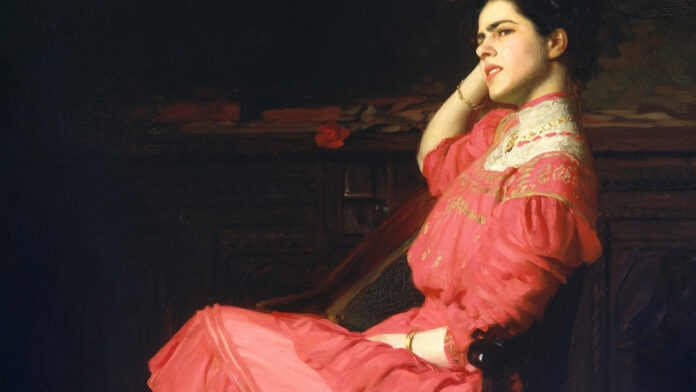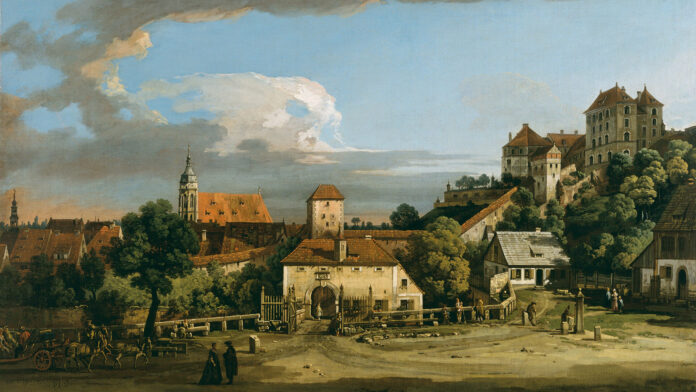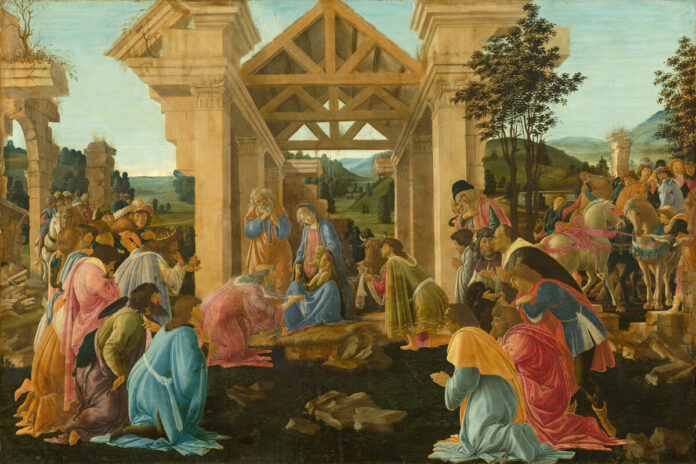The transportive work of Vincent van Gogh has transposed us through the limits of time and into an era where Impressionist paintings were a statement to be made. While the artist himself may be of post-impressionism, he manages to capture the open composition of the movement perfectly.
Post Impressionism rejected the earlier movement’s limitations. However, they continued their usage of vivid colors through the thick applications of their brush on canvas. Geometric forms can often be spotted in the paintings as they can distort the real-life subject matters and create a more expressive silhouette.
Vincent van Gogh as one of the founders of Post-Impressionism
Through his swirling brush strokes, the artist would convey his feelings and his state of mind. His belief that there was a power behind nature made him try to capture it through his work. Therefore, he strove to become a painter of rural life and nature.

His renditions of flowers are always symbolic in meaning where life is lived under the sun and work is an allegory of life. The color yellow is frequently present in his works to showcase life, God, and sunlight.
Van Gogh always aimed to stay within the «guise of reality» which gave his paintings an abstract form. However, he later wrote that at times he might have taken it too far, reality having been set as a background character and being heavily overshadowed by the protagonist: symbolism.

A collection of personality
He tried to build a personal collection that reflected his own views on reality and life, but one that could also be commercially successful, between 1885 and his death. His paintings, as such, contained an optimal use of color and brush strokes. However, his mistake was that he applied the idea of «purposeful» to paintings he had already finished instead of studies he could have taken to a whole new level.
«Cypresses» was painted in late June of 1889, when he began his year-long stay at the asylum in Saint-Rémy. He wanted to capture the big, tall trees that to him appeared as dark spots under the powerful sunlight.
The marvelous trees had gained ground in his other works after this. His painting «Wheat Field with Cypresses», which was painted in late June 1889, had been devoted to his stay at the asylum. He regarded that painting as one of his best summer works and had been determined to make two renditions of it: a smaller scale one which had been sent as a gift to his mother and sister, and a bigger one which can be found in the National Gallery, in London.
The stylistic captures of Vincent van Gogh
Each artistic development Van Gogh had gone through has been owed to his living across different places in Europe. He took to immersing himself in the local culture and activity, he judged and studied the lighting and implemented in his various paintings. His evolution had been slow, and he was acutely aware of his painterly limitations, yet he kept his individual outlook throughout each work.
He might have been pushed to move often as a coping mechanism when faced with the realities of his current situation, however, it also contributed to his development of his technical skill. Whenever he painted a portrait, he wanted them to endure through the passage of time and would use colors to capture the emotions of each person rather than aim for realism.

Each new portrait reflected a varied style: from the beginning when he limited his palette and varied his brush strokes to the culmination of his career when he painted in a broad style and showed his frenzy through each work. The rough surface and use of a palette knife seem to have been the highest point in his work.
Vincent van Gogh’s sadness and loneliness had pushed him to try to take his own life. However, the attempt had been butchered, and he survived only to die of an infection that penetrated his body through the bullet wound. He had always tried to reflect his loneliness through his work, and he did so, beautifully.











 A continuación te damos las pautas para que su conservación sea la ideal:
A continuación te damos las pautas para que su conservación sea la ideal: